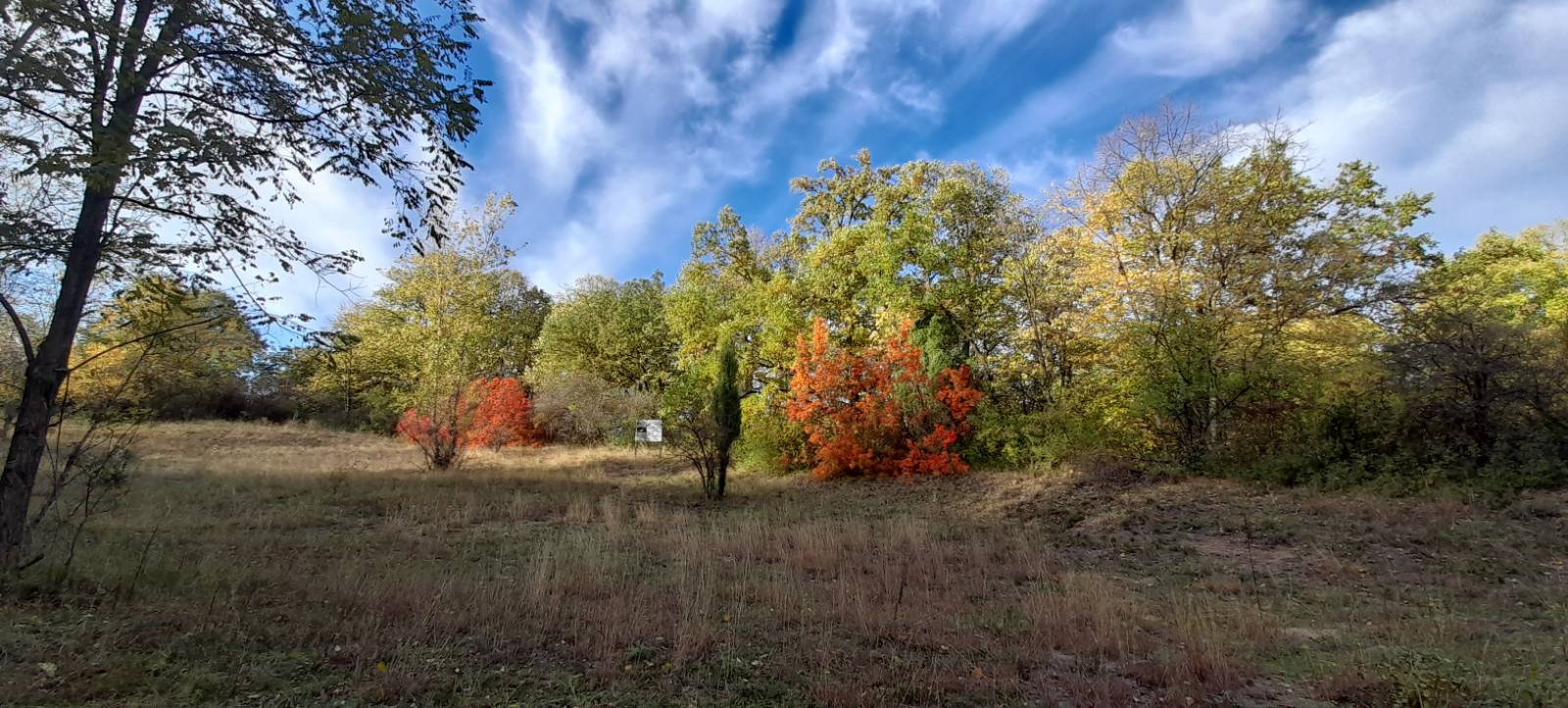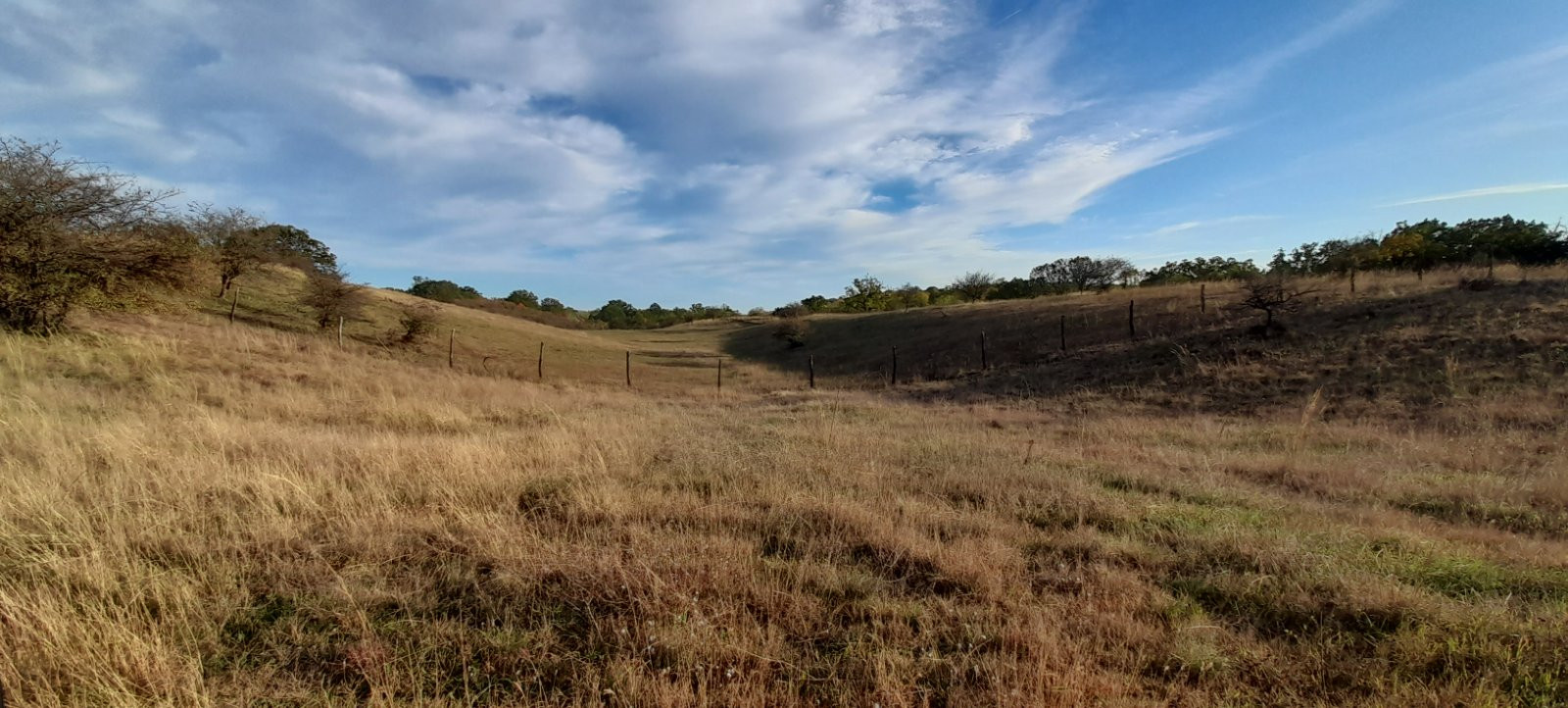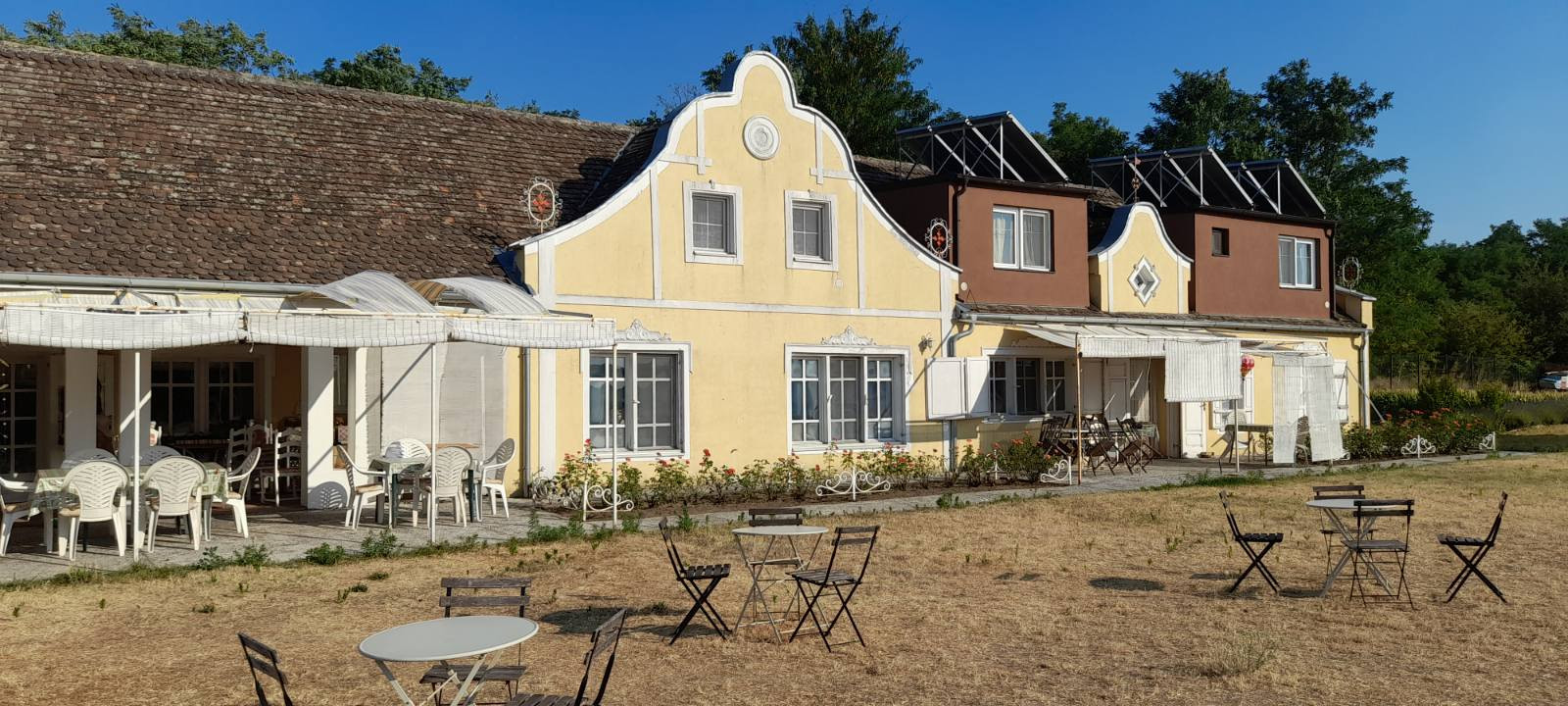Opis
For several days in the Deliblato Sands Nature Reserve, the best base choice would be the Kaštel Marijeta (Mariette) Guest House in the Šušara Village (90 min from Belgrade), in and around the village offering turkawka , lelek , syczek , kraska , dudek , żołna , dzięcioł czarny , wilga (zwyczajna) , gąsiorek , lerka , dzierlatka (zwyczajna) , jarzębatka , słowik rdzawy , kopciuszek , świergotek polny , grubodziób and, in winter, jer , paszkot , and droździk. Generally, the best birding is in ecotones where forest meets grassland, and wherever there is any source of water (usually a watering hole for numerous sheep).
Behind the village are planted forests of Locust Tree, Austrian Pine and Scots Pine, inhabited by Red Deer, Wild Boar and Golden Jackal.
There's not much shade, so wear a hat and carry at least a litre of water per person. You can restock at petrol stations, but do not count on village shops with their erratic opening hours.
Szczegóły
Dostęp
Šušara is reachable from Belgrade through Pančevo towards Vršac till Uljma, then right to Izbište, and right again to Šušara (85 km). It is not reachable from Deliblato, as suggested by Google Maps, unless you are driving a Hummer or similar! Zoom in on the map and click on the "P" (parking) sign for driving directions, but be careful how you interpret them.
If driving along some of the local unpaved tracks (99%), be extra careful not to start a wildfire by an overheated exhaust pipe! Also, don’t damage the sensitive steppe vegetation by driving at will: follow only the existing dirt tracks and be careful not to get lost, nor stuck in loose sand.
Teren i siedlisko
Las , Step , Rolnictwo/uprawy , Rzadkie drzewa i krzewy , Łąka , WydmyWarunki
Piaszczysty , Brak cienia , Suchy , Otwarty krajobraz , PylistyTrasa dookoła
NieCzy luneta będzie przydatna ?
Może być przydatnaUdany sezon obserwacyjny
Przez cały rokNajlepszy czas na wizytę
Wiosna , Wiosenne migracje , Jesienne migracjeTrasa
Droga nieutwardzona , Szeroka ścieżkaPoziom trudności szlaku pieszego
Średnio wymagający spacerDostępne
Pieszo , SamochódCzatownia/platforma obserwacyjna
NieLinki
- eBird checklist--Šušara Village
- eBird checklist--Zagajica Hills
- Kaštel Marijeta (Mariette) Guest House, Šušara Village – unparalleled birding opportunities
- Deliblato Sands Special Nature Reserve authorities
- For the big picture, check this
- eBird checklist--Korn Steppe



